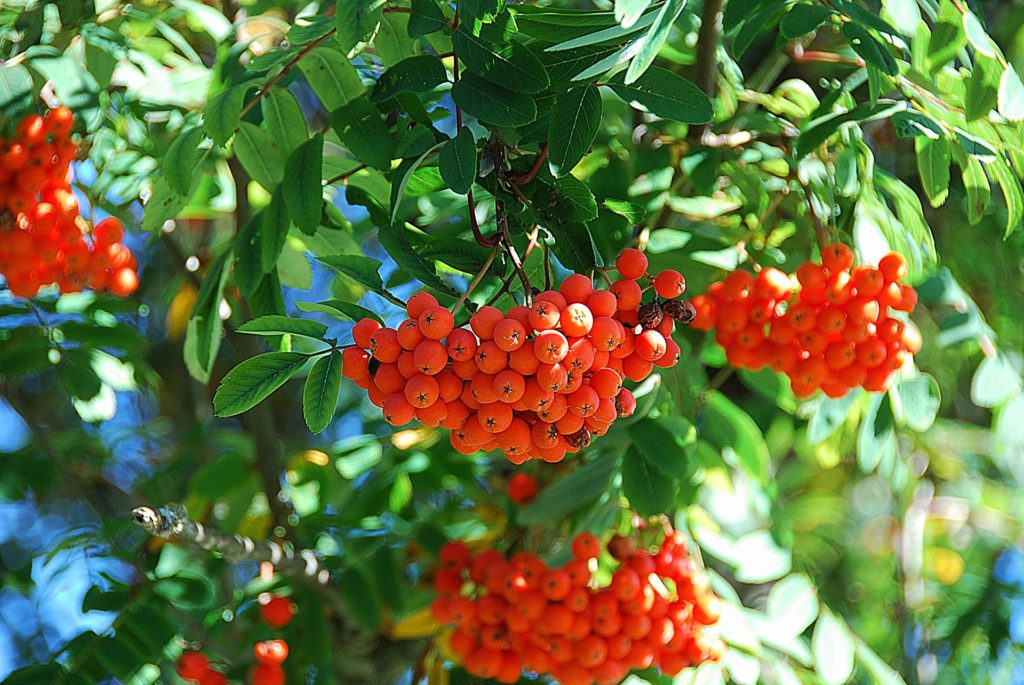Mountain Ash Trees in Ontario
Mountain ash trees are a genus of small trees and shrubs. There are many varieties and cultivars of the mountain ash, with the most common in Ontario being the American mountain ash and showy mountain ash.
Despite being called an ‘ash’ tree, the mountain ash is actually part of the rose family (Rosaceae), and not the lilac family like other types of ash trees. This means that mountain ash trees in Ontario are not “true ashes”.
The mountain ash is a beautiful and hardy tree, making it a popular choice for landscapers and bird lovers in Ontario. Is a mountain ash a good choice to plant on your property? How can you best take care of this tree’s health?
Is Mountain Ash Native to Ontario?
When choosing trees to plant, it is important to always consider native tree species to Ontario to contribute positively to your local ecosystem.
The American mountain ash is native to Ontario and grows across the province south of Hudson Bay. Showy mountain ash is also native to Ontario and extends across the boreal forest in Canada. Interestingly, it is not natively found in the southwestern tip of Ontario.
There are other types of mountain ash trees, including European mountain ash, that are often used ornamentally in gardens and can escape to appear native in forests, but they are not native tree species themselves.
How to Identify Mountain Ash
Mountain ash are deciduous and grow to about 10 metres tall and are easily identifiable in the late spring and summer by their beautiful flowers and bright berries.
In May through July, the trees are covered in clustered white flowers. In August and September, these flowers are replaced with bright orange or red berries, depending on the specific species. These berries are shiny, grow in large clusters, and are particularly alluring for overwintering birds during this season when food is scarce.
The leaves have 13 to 17 leaflets and grow 5 to 10 centimetres long with toothed edges. They turn a beautiful yellow to red-orange in the fall, often making them easily to identify in the autumn. Its bark is usually smooth and grey or brown in colour.
It is a hardwood tree and quite flexible and durable, making it good for woodworking projects.
How to Care For Mountain Ash on Your Property
Mountain ash can live up to 80 years, making it one of the shortest average lifespans of a boreal forest tree. If you plant a mountain ash properly and care for it well, it helps increase the chances that it will live a long, healthy life.
It can grow in a variety of soils, including rocky or poor soil, allowing it to grow on the Canadian Shield where some types of trees struggle. Typically, mountain ash grown in rocky soil will have stunted growth less than its peak of 10 metres. Mountain ash trees prefer soil that is moist but well-drained, and acidic. They can grow in dry conditions as well, but will flourish when provided with moist soil.
It can tolerate some shade but grows best when provided with full sun, making it ideal for areas of a property that are not obstructed. Mountain ash are quite cold-hardy, with a winter minimum of -40 to -25 degrees Celsius, making them great choices for Ontario’s cold winters. They do not grow particularly well in hot climates.
Ensuring you provide your mountain ash with moist, well-drained soil and plenty of sunlight is the best way to ensure it thrives.
Threats to Mountain Ash Trees in Ontario
Mountain ash trees are susceptible to fireblight, common in trees across Ontario. This causes the ends of the branches to suddenly turn black and droop, as if they had been burned.
They are also susceptible to canker disease on the trunks as well as sunscald. Sunscald refers to the winter burning of trunks from sudden heating from the sun on cold days. They are also often infested with borers, although borers will often take advantage of a tree that has already been stressed by other pests like aphids or diseases.
Mountain Ash and Emerald Ash Borer
The emerald ash borer is a pesky beetle that is an invasive species from Asia. It has been spreading quickly across Ontario and North America as a whole for the last few decades. It primarily attacks ash trees, causing them to die only a couple years after the infestation begins. Ash trees across North America are being decimated by the tens of thousands each year because of the emerald ash borer.
Luckily for the mountain ash, because it is not a true ash, it is completely unaffected by the emerald ash borer. Belonging to a different genus completely and having only its name in common with true ash trees has afforded it protection from this invasive species.
